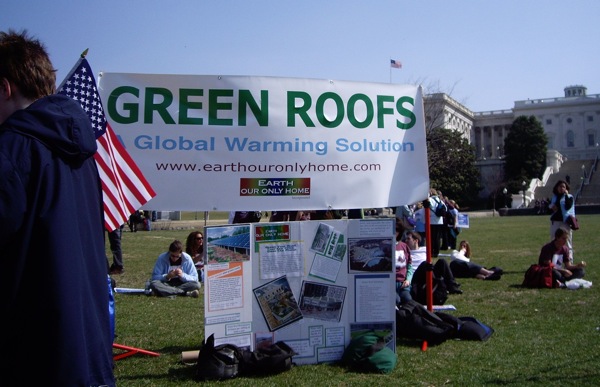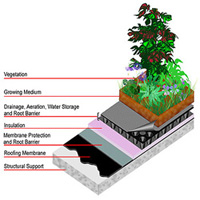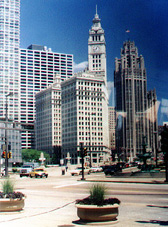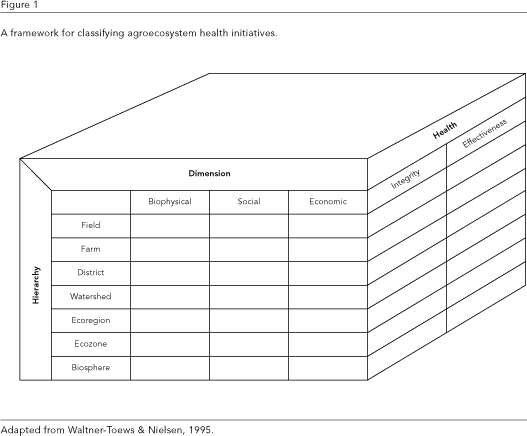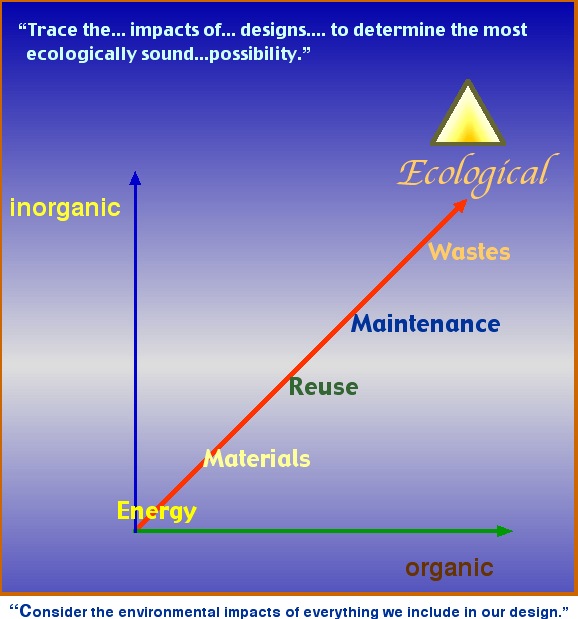Ecological Design
Sustainability and design
in the re-use of resources.

Ecological accounting informs
Emerges from a place
Keeps things on site
Working with nature
Making nature obvious
Includes everyone's needs
Resources
Air
Water
Energy
Wildlife
Fisheries
Vegetation
LandscapeThe Robie House, in Chicago, designed by Frank Lloyd Wright.
“strengthening the weave that links nature and culture”
p. 18.“creating a design process that has the preservation and restoration of the ecological commons at its core.”
p. xi.
![]()
Definitions | examples | sustainability | origins of resources | three critical stages | effects of dumb designs | summary | tasks | links | frame | sources
"intentional shaping of matter, energy and process to meet a perceived need or desire. Design is the hinge that inevitably connects culture and nature through exchanges of materials, flows of energy, and choices of land use."
The lumber from one place creates another.
Forestry: lumber for housing & commercial buildings is a land use impact of design decisions.
![]()
Definitions | examples | sustainability | origins of resources | three critical stages | effects of dumb designs | summary | tasks | links | frame | sources
"...where each and every act is inherently… restorative"
p. 84.
The balloon frame approach to mass producing homes, revolutionized house construction and froze in place many facets of dumb design.
All good building begins with a plan  .
.
![]()
Definitions | examples | sustainability | origins of resources | three critical stages | effects of dumb designs | summary | tasks | links | frame | sources
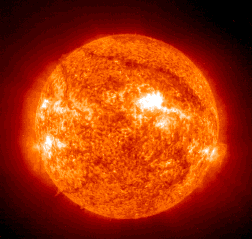 |
Resources |
|
| the stock or supply of materials, and other assets that are used by a person, creature or ecosystem in order to function effectively | the ultimate origin of resources | |
 |
|
Atmosphere
|
 |
|
![]()
Definitions | examples | sustainability | origins of resources | three critical stages | effects of dumb designs | summary | tasks | links | frame | sources
"Ecological design offers three critical stages for addressing this loss: conservation, regeneration, and stewardship."
p. 21.
As an outward manifestation of George Perkins Marsh's concept of geographical regeneration Frederick Law Olmsted's projects worked with nature.
Olmsted's reforestation of the Vanderbilt's Biltmore estate, once a gullied-out tobacco plantation.
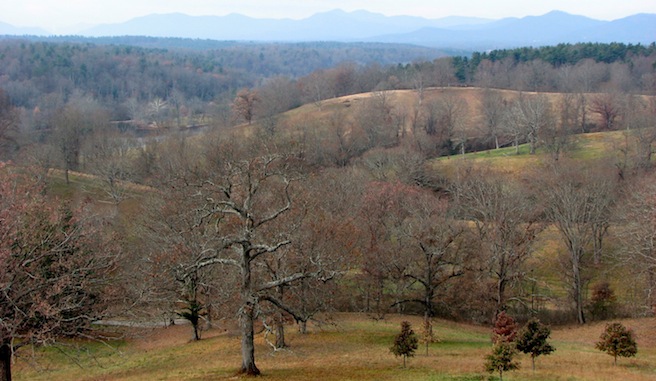
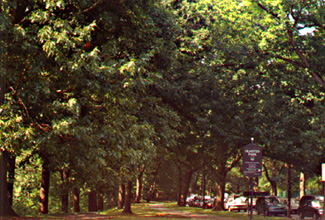
Olmsted's Boston Regional Park Plan called for a ring of neighborhood parks, called the "Green Necklace" part of which is pictured here in Brookline, Mass.
The use of natural drainage areas of the watershed for run-off.
![]()
Definitions | examples | sustainability | origins of resources | three critical stages | effects of dumb designs | summary | tasks | links | frame | sources
"Shaping
the physical details of our daily experience."
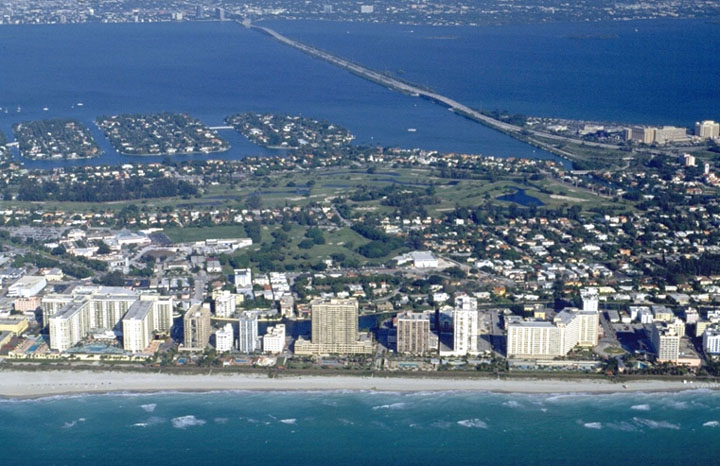
Private property in America is at war with . . .
The public trust lands and the public access to necessary resources; these constitute the largest private conversion in history of the common, public wealth as inherent in natural capital.
“In search of comfort, convenience and material wealth, we have begun to sacrifice not only our own health, but also the health of all species. We are starting to exhaust the capacity of the very systems that sustain us, and now we must deal with the consequences.”
p. 3
![]()
Definitions | examples | sustainability | origins of resources | three critical stages | effects of dumb designs | summary | tasks | links | frame | sources
Damage and recurrent disturbances lead inevitably to degradation.
"conventional design is failing because its epistemology is flawed."
13
first is the living world |
the world of roads and cities, …and artifacts |
|
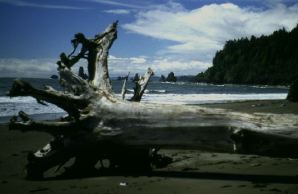 |
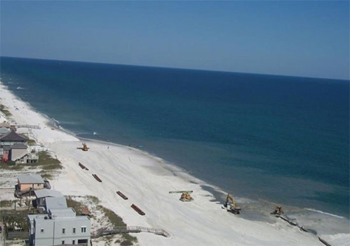 |
|
Pacific Beach |
beach re-nourishment |
See how risks of loss from building in high hazard areas can be reduced by effective planning and ecologically appropriate designs
![]()
Definitions | examples | sustainability | origins of resources | three critical stages | effects of dumb designs | summary | tasks | links | frame | sources
| 18th century lower Manhattan | 20th century lower Manhattan | |
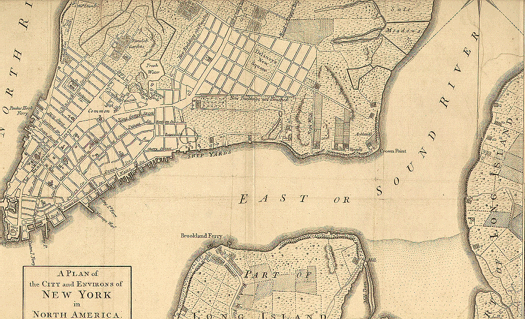 |
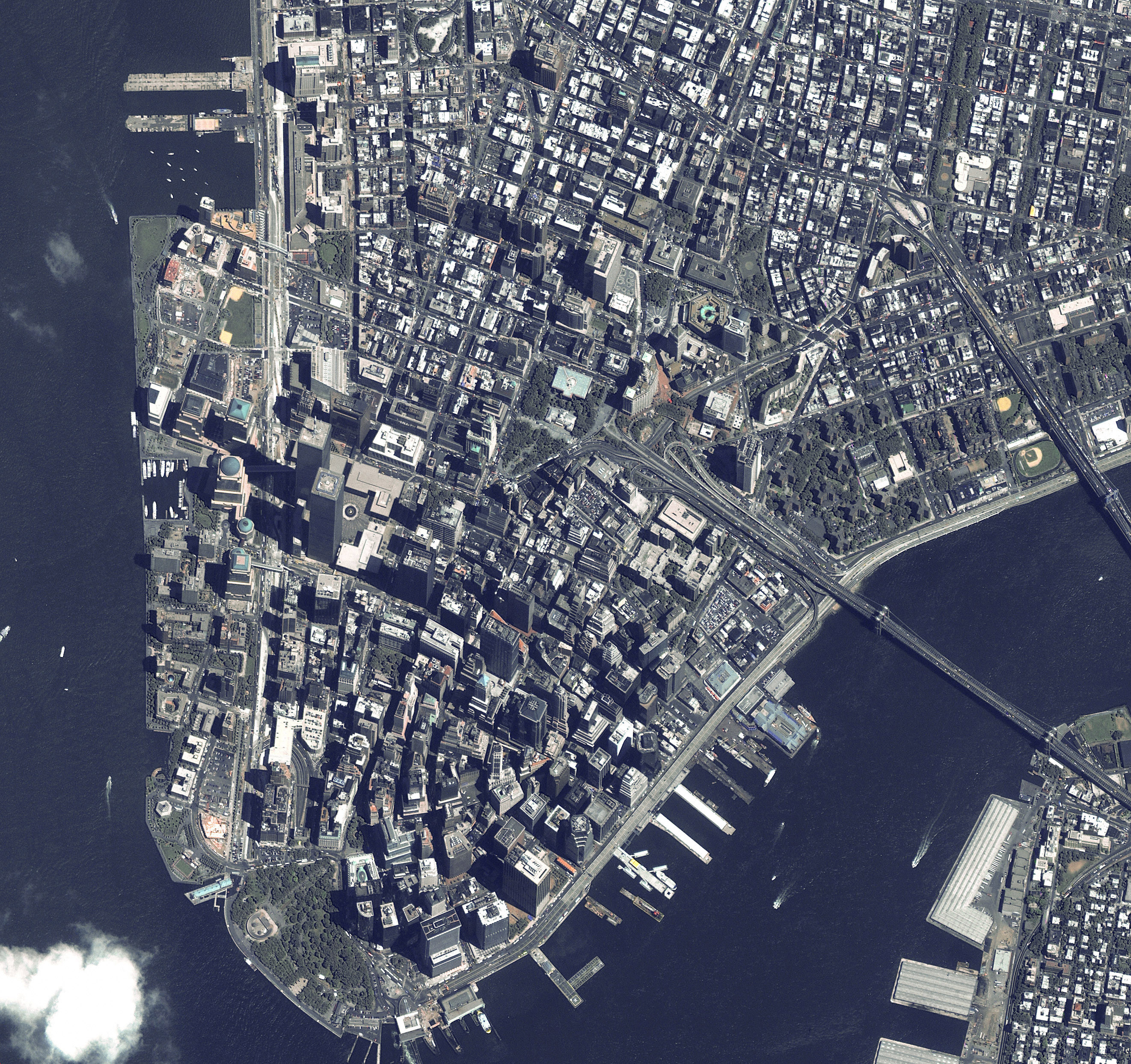 |
|
| Much of the lower west side is fill. |
"– lack of integration between them."
p. 17.
![]()
Definitions | examples | sustainability | origins of resources | three critical stages | effects of dumb designs | summary | tasks | links | frame | sources
The loss of natural capital (biological wealth)
| Vegetation before a storm | Erosion due to storm surges | |
| Barrier isle |  |
 |
| human risks | 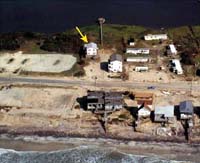 |
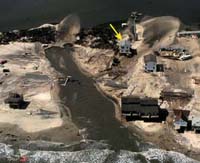 |
“regeneration is the expansion of natural capital, then stewardship is the wisdom to live on renewable interest rather than eating into natural capital.”
![]()
Definitions | examples | sustainability | origins of resources | three critical stages | effects of dumb designs | summary | tasks | links | frame | sources
Drinking water is an ecosystem service of waterheds
Any watershed is the fundamental unit of regionally coherent ecosystem management and ecological design.
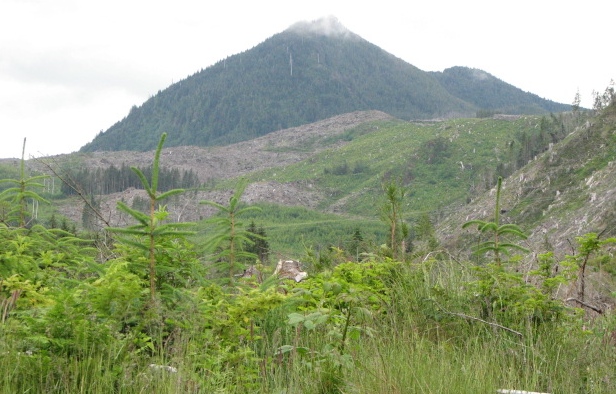
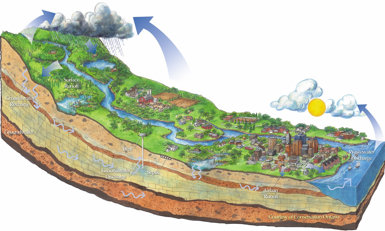
A watershed is any area of terrain often marked off by a promontory or ridge of land that separates waters flowing into different rivers, basins, or seas.
The protection of the watershed is a fundamental initial step in the wisdom to live on renewable natural capital.
![]()
Definitions | examples | sustainability | origins of resources | three critical stages | effects of dumb designs | summary | tasks | links | frame | sources
"our material wealth and physical well-being depend on nature’s own health."
p. 5.
"Conservation slows the rate at which things are getting worse."
p.21
The common basin of an area or region drained by a river, river system, or other body of water divided by the steepness of the terrain into distinctly divergent upstream tributaries.
![]()
Definitions | examples | sustainability | origins of resources | three critical stages | effects of dumb designs | summary | tasks | links | frame | sources


| Energy source | ||
| Usually nonrenewable | Whenever feasible | |
| destructive, relying on fossil fuels or nuclear power; the design consumes natural capital. | renewable:
solar, wind, small-scale hydro, or biomass;
the design lives off solar income
|
|
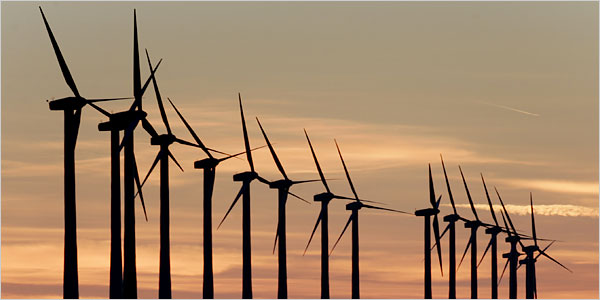 |
||
| Coal plants in the Midwestern United States are the sources of the nation's largest sources of air pollution with respect to sulfur, nitrogen and carbon dioxide emissions causing acid rain and abrupt climate change due to global warming. | Wind Turbines The steady winds on and off shore are an untapped potential in seaside or coastal communities. On the Great Plains, wind power has been used for over a hundred years to pump water to the surface from underground aquifers. |
|
 |
||
Geothermal power The earth will have sufficient heat to power human needs until the planet dies, and with it our and every other species; take that coal! |
||
|
|
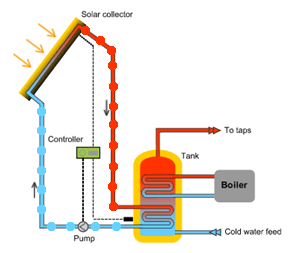 |
|
Solar thermal So long as the sun shines the capacity of solar radiation to het water and space is unmatched in efficiency by any other fuel. |
||
The logical extension of solar thermal is electricity from radiant energy.
![]()
Definitions | examples | sustainability | origins of resources | three critical stages | effects of dumb designs | summary | tasks | links | frame | sources
“Careful ecological design permits a great reduction in energy and material flows that human communities can once again be deeply integrated into their surrounding ecological communities.”
p. 22.
Marin County's Solar Village, for 5,000 residents in Novato, California is an excellent example of what can be done to capitalize on the availability of solar energy, for heat (solar thermal) and electricity (solar electric, or photovoltaic).
http://www.ecodesign.org/edi/projects/design/marinsolar.html
![]()
Definitions | examples | sustainability | origins of resources | three critical stages | effects of dumb designs | summary | tasks | links | frame | sources
"Ecological design occurs in the context of specific places. It grows out of a place the way an oak grows out of an acorn….It seeks locally adapted solutions that can replace matter, energy, and waste with design intelligence….matches biological diversity with cultural diversity.
p. 23.
The home can consume or generate energy.
Like any structure, the home absorbs or emits energy in the form of radiation, conduction, and convection.
Directly all structures contribute to water, energy, air and land contamination by diverting these native elements and destroying natural features indirectly they are sources of lingering pollution
House: "Carbon dioxide emissions from the manufacture of the cement in its foundations contribute to global warming. The production of electricity…"
pp. 23-24.
![]()
Definitions | examples | sustainability | origins of resources | three critical stages | effects of dumb designs | summary | tasks | links | frame | sources
A solar electric home in southern Germany.
Relation to the sun rise and sunset, determining exposure is a key consideration, on which all others rest.
![]()
Definitions | examples | sustainability | origins of resources | three critical stages | effects of dumb designs | summary | tasks | links | frame | sources
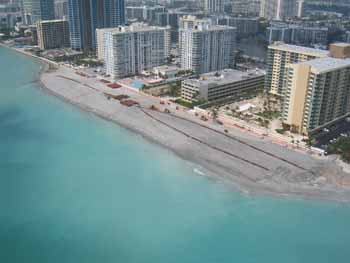 "Ecological
design is not a new idea."
"Ecological
design is not a new idea."
25
Buildings such as these on barrier islands are precisely part of the problem that costs taxpayers money to place sand back where it once was. That is because sand along the coast and entire barrier islands move. They are designed to shift with the changing levels of the seas. Here is a prime example of altering nature so profoundly to meet a human demand for ocean views that further modifications are needed to dredge sand back on to the beach, which was eroded away by normal littoral drift, bulkheads, wind, and waves.
![]()
Definitions | examples | sustainability | origins of resources | three critical stages | effects of dumb designs | summary | tasks | links | frame | sources
|
|
Examples |
|
| 1 |
Solutions grow from place
|
In the arid west available wind pumps water "Water is scarce in Ojai." p. 71. Riverdale, Hudson River Valley, p. 64. Bateson Building, pp. 76-77. Ojai School, is designed to enhance --not retard-- learning pp. 70-72. |
|
2 |
Ecological
accounting informs design
|
"externalities create a tension between economics and ecology" "The world is rife with externalities from global warming to acid rain", p. 83 Traditional coal and natural gas electricity creates mercury pollution by exacerbating natural methylation or speeding up the process by which mercury enters the biotic community. Wind power on the other hand directly uses no water, nor does it generate sulfur, nitrogen, carbon and mercury contamination. |
|
3 |
|
Artificial
wetlands, wind generators, solar cookers, |
|
4 |
Everyone
is a designer
|
Kwakiutl use of tree in parts
Community design, p. 151 |
|
5 |
Make
nature visible
|
Real
Goods Trading Company, Hopland, Ca. "constructed marshes to simultaneously purify water, reclaim nutrients, and provide habitat.” “with the flow of energy and material dramatically reduced.” “think differently about design, new solutions are often quick to emerge.” p. 19. |
In essence all of these five principles together suggest for us to first "retain everything on site."
These basic elements in ecological design should be linked together in three or more principles when describing examples of designs that conserve, restore, or properly steward any region's natural capital.
![]()
Definitions | examples | sustainability | origins of resources | three critical stages | effects of dumb designs | summary | tasks | links | frame | sources
My
suggestions are that we: 
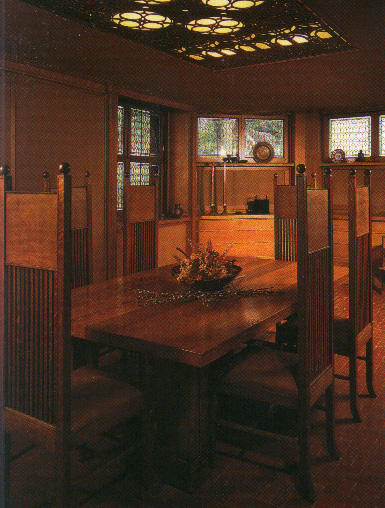
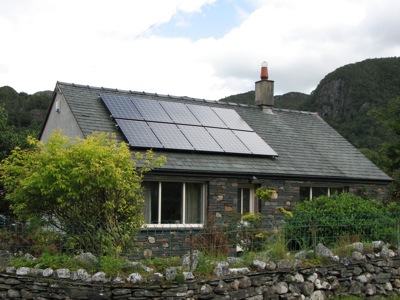
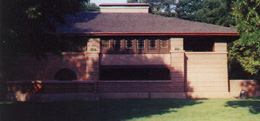


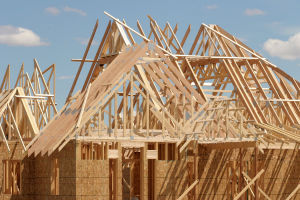
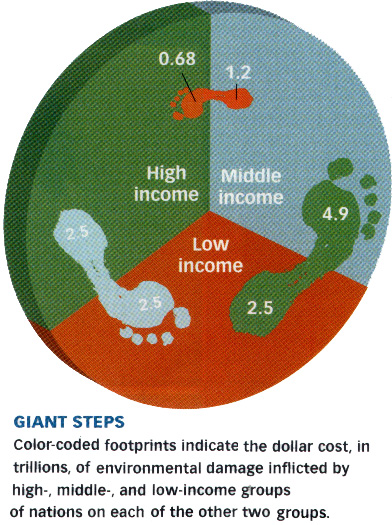
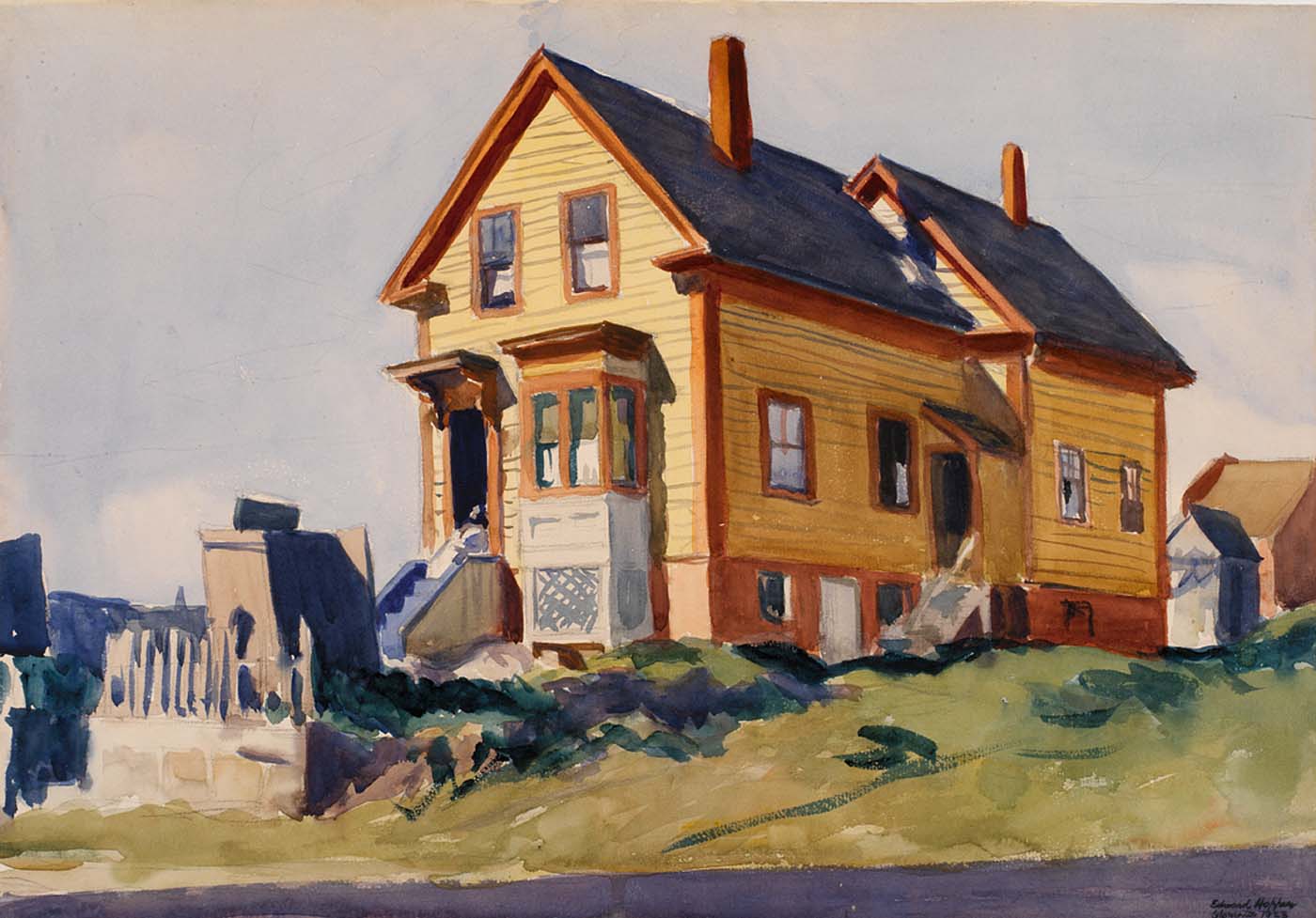
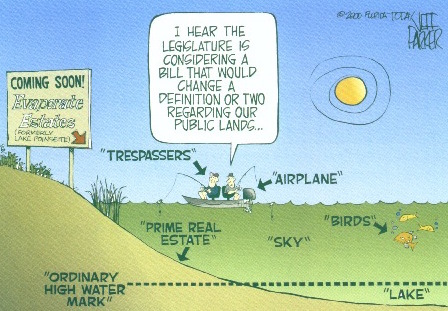
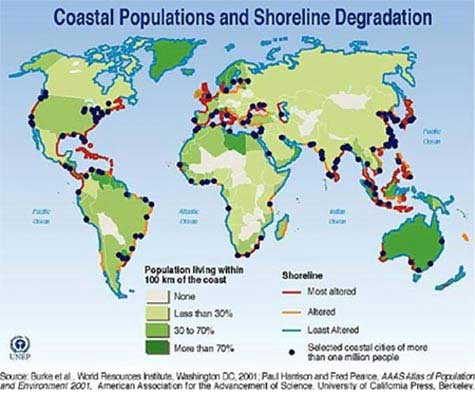
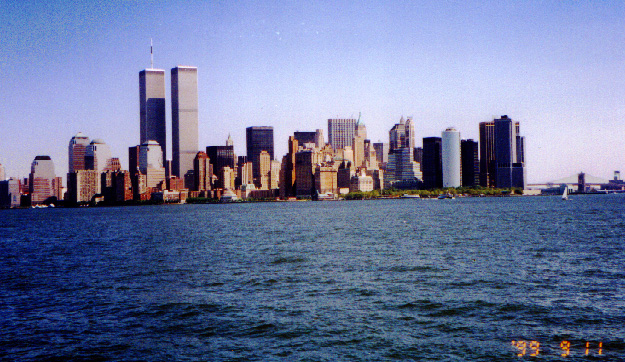

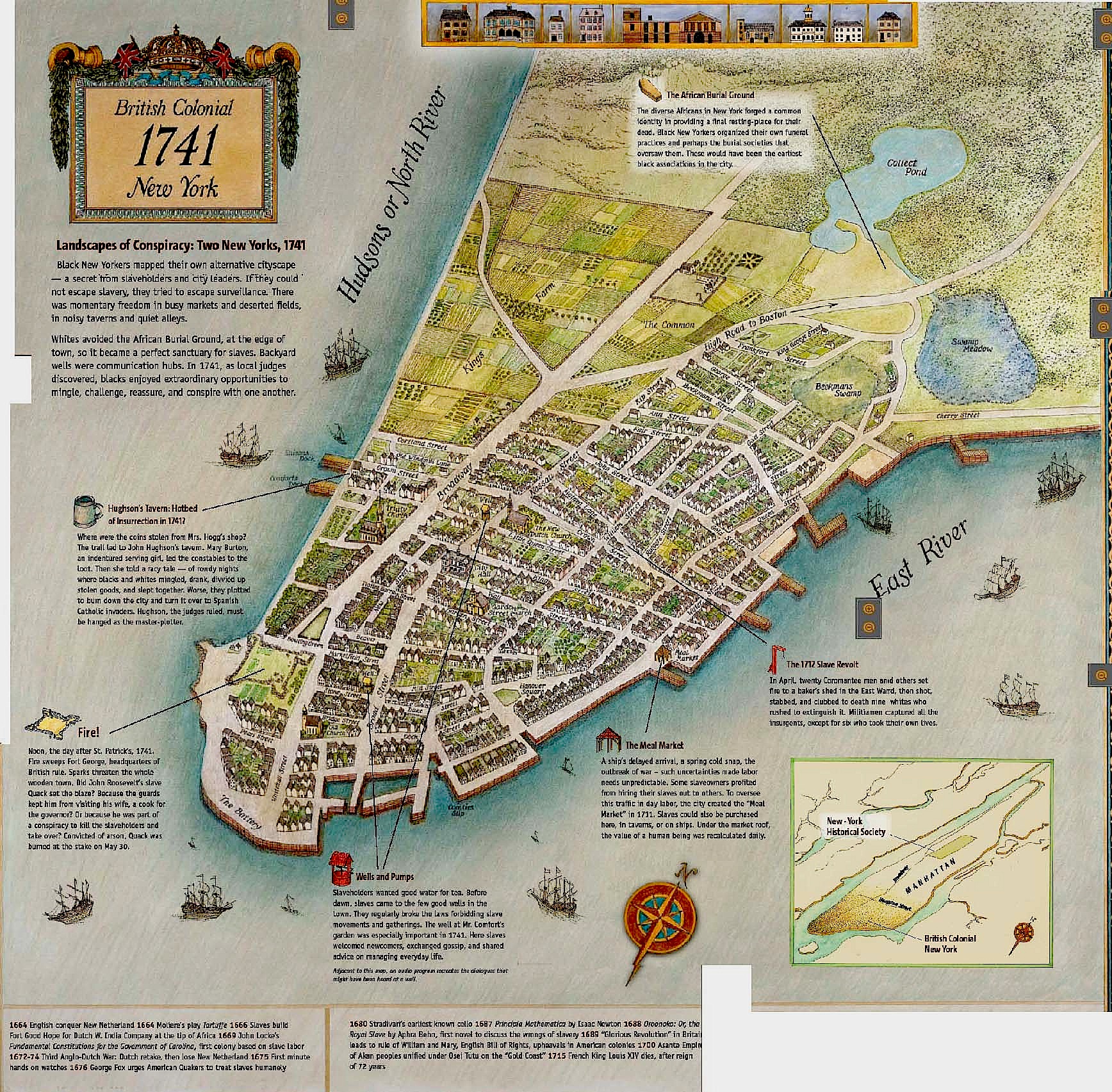
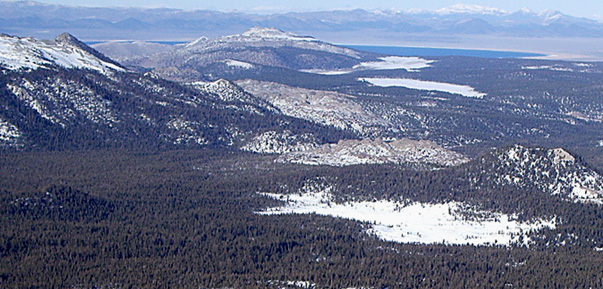
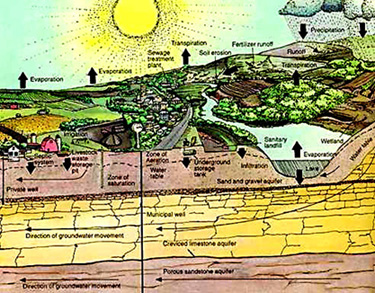

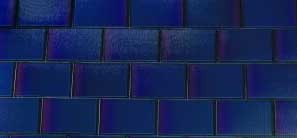
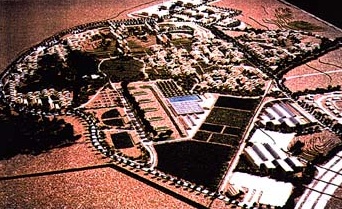
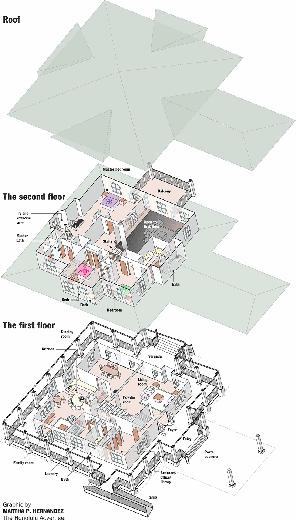
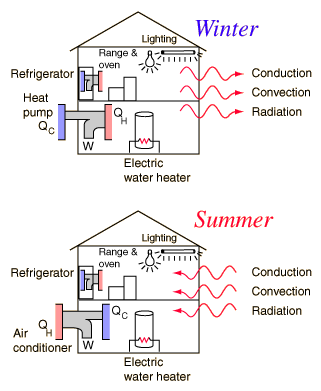
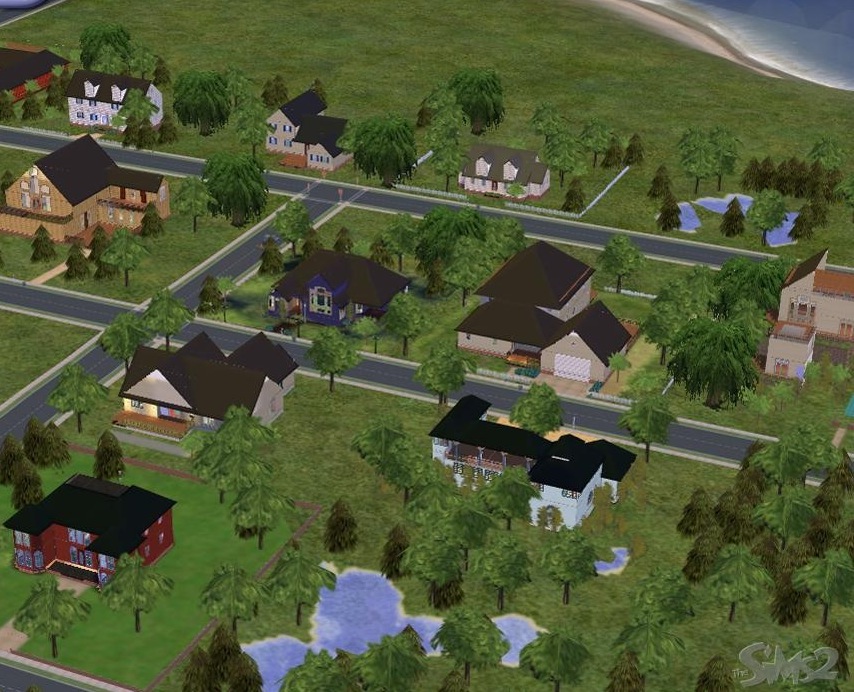
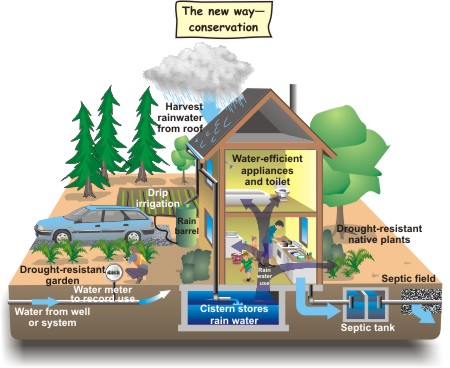


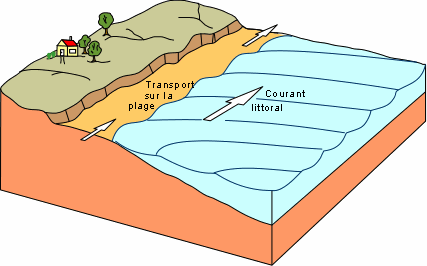
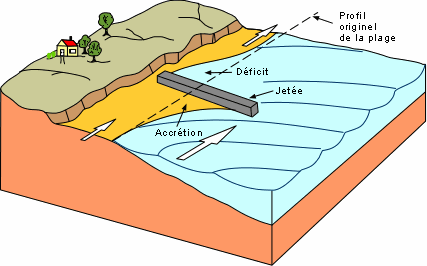
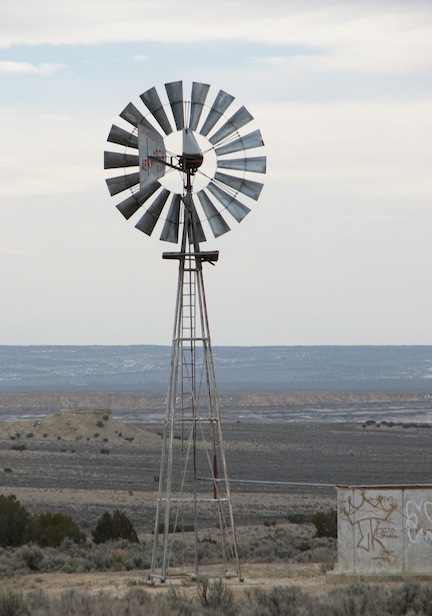
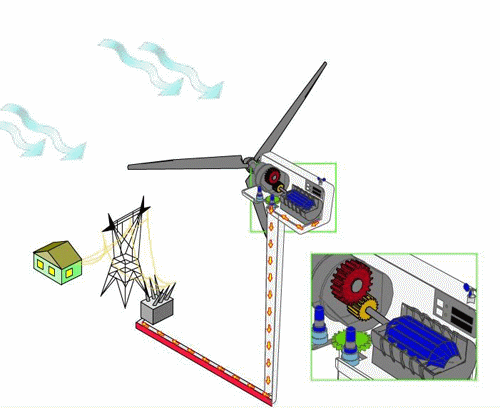
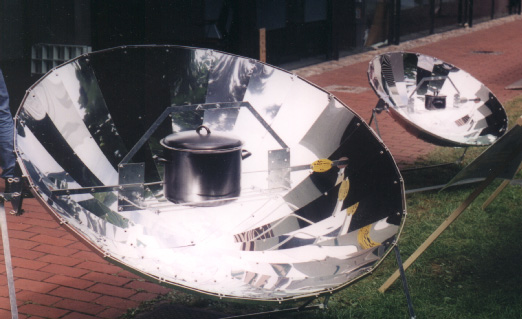
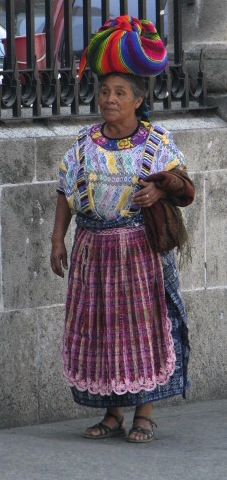
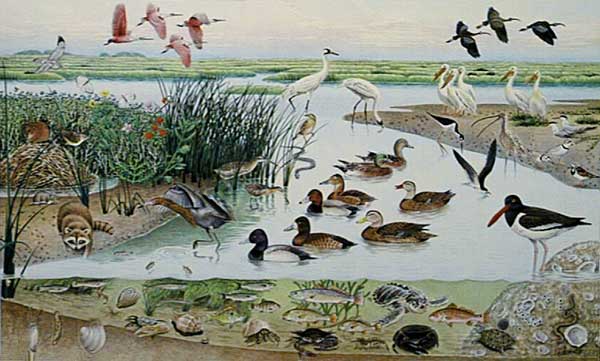
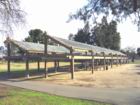
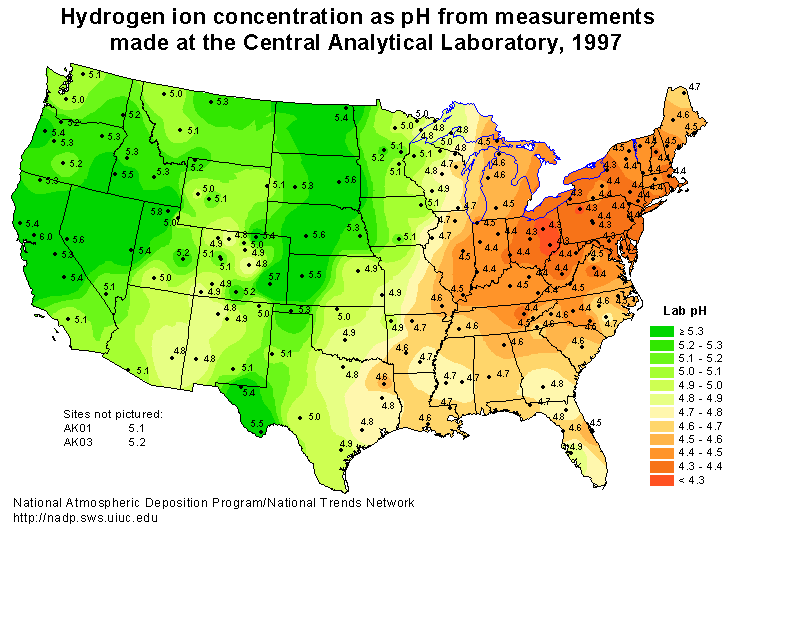
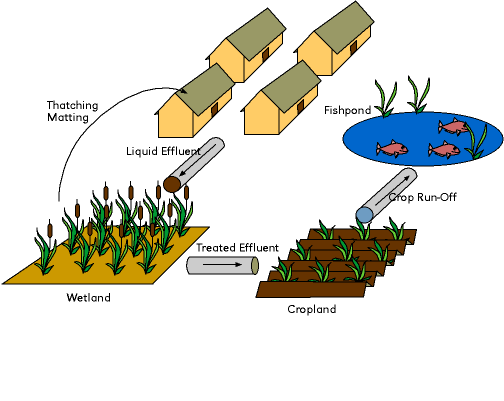
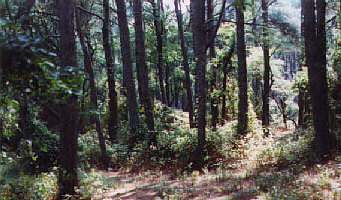
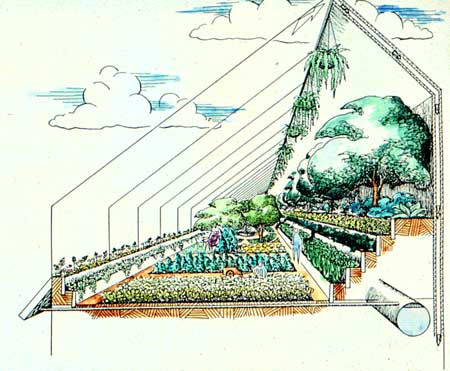 The bio-machine or the construction of indoor natural areas to facilitate the production of fresh air and clean water has been called the living machine or biological machine by John Todd and others who at different institutes in Massachusetts, California and Colorado have served to create the architectural and functional standards that allow such concepts to work effectively in reducing the ecological foot print of the buildings to which they are attached.
The bio-machine or the construction of indoor natural areas to facilitate the production of fresh air and clean water has been called the living machine or biological machine by John Todd and others who at different institutes in Massachusetts, California and Colorado have served to create the architectural and functional standards that allow such concepts to work effectively in reducing the ecological foot print of the buildings to which they are attached. 